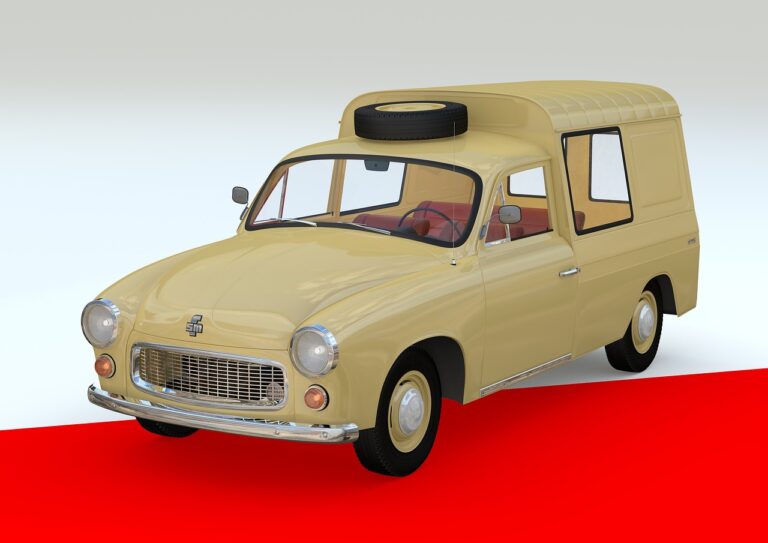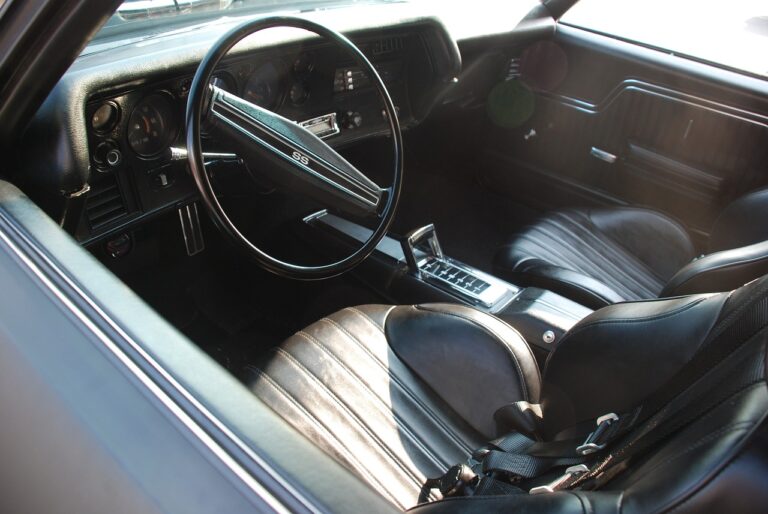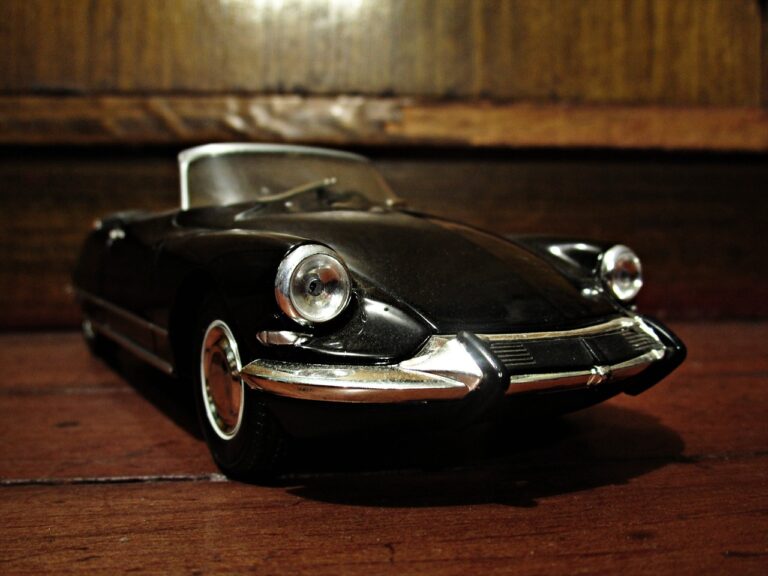The Psychology of Car Aesthetics: Understanding Visual Preferences
Throughout the history of car design, aesthetics and psychology have played crucial roles in shaping the way vehicles are perceived by consumers. Aesthetic considerations such as proportions, lines, and shapes are carefully crafted to evoke specific emotional responses from viewers. The psychology behind these design choices delves into the subconscious associations that individuals make between certain visual elements and feelings of comfort, luxury, or even power.
When designing a car, manufacturers often take into account the psychological impact of colors on the overall aesthetic appeal. Bright hues like red or yellow can convey a sense of energy and excitement, while more muted tones such as silver or black may suggest sophistication and class. It is important for designers to consider not only personal preferences but also cultural and societal influences that can affect how colors are perceived. By understanding the psychological implications of different color choices, car designers are able to create vehicles that resonate with the target audience on a deeper level.
The Impact of Color on Car Aesthetics
When it comes to car aesthetics, color plays a fundamental role in shaping our perception of a vehicle. The choice of color can evoke different emotions and associations in consumers, influencing their overall opinion of the car. Bold and vibrant colors may convey a sense of energy and modernity, while neutral tones like black or silver often exude sophistication and luxury.
Moreover, the psychology of color suggests that certain hues can impact our mood and behavior. For example, red is often associated with power and excitement, making it a popular choice for sports cars. On the other hand, blue is often linked to feelings of calm and trust, making it a common option for more conservative and classic car designs. By understanding the psychological implications of different colors, car designers can strategically use color to enhance the overall aesthetic and appeal of their vehicles.
The Role of Symmetry in Car Design
Symmetry plays a crucial role in car design, influencing both the aesthetics and functionality of a vehicle. When a car possesses symmetrical proportions, it tends to appear balanced and harmonious, appealing to the viewer’s eye. From the placement of headlights to the overall shape of the car, designers carefully consider symmetry in every aspect of the vehicle’s creation.
Furthermore, symmetry in car design is not just about visual appeal; it also contributes to the vehicle’s aerodynamics and performance. A symmetrical design can enhance the car’s stability and handling on the road, ultimately improving the driving experience for the consumer. By incorporating symmetry into their designs, car manufacturers aim to create not only beautiful vehicles but also ones that excel in both form and function.
How does symmetry play a role in car design?
Symmetry in car design helps create a sense of balance and harmony, making the vehicle visually appealing and pleasing to the eye.
Can asymmetrical designs work in car design?
While asymmetrical designs can be used in car design to create a unique and edgy look, symmetry is generally preferred for its classic and timeless appeal.
Why is color important in car aesthetics?
Color plays a significant role in car aesthetics as it can evoke different emotions and perceptions. The right color choice can enhance the overall design of a car.
How do aesthetics and psychology influence car design?
Aesthetics and psychology play a crucial role in car design as they determine how the vehicle is perceived by consumers. Designers often take into consideration psychological factors when creating the aesthetics of a car.
What are some common color choices for cars and what do they symbolize?
Black is often associated with luxury and sophistication, white symbolizes purity and simplicity, red conveys energy and sportiness, while silver represents modernity and elegance.






